Question
Who among the following person faces the one who sits
immediate left of K? Study the following information carefully and answer the below questions. Twelve students are seated on the school ground opposite each other. In row1, A, J, K, L, M, and N are facing south. In row2- S, E, D, G, V and R are facing north. All the information is not necessarily in the same order. M sits opposite to the one who sits third to the left of G. Either M or G are sitting at the end of the row. Only one person sits between M and N. The number of persons sitting to the left of N is the same as to the right of R. Only two persons are sitting between R and the one who sits opposite to A. The number of persons who sits between A and N is the same as between V and S.V and R are not immediate neighbours. D sits to the right of E and does not face A.K sits to the left of L and to the right of J.Solution
M sits opposite to the one who sits third to the left of G. Either M or G is sitting at the end of the row. From the above condition, there are two possibilities. 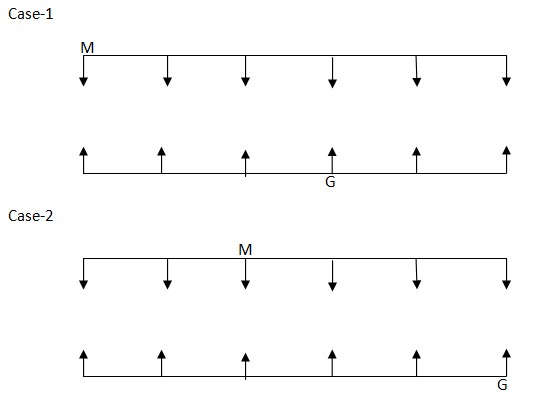 Only one person sits between M and N. The number of persons sitting to the left of N is the same as to the right of R. From the above condition, there are three possibilities.
Only one person sits between M and N. The number of persons sitting to the left of N is the same as to the right of R. From the above condition, there are three possibilities. 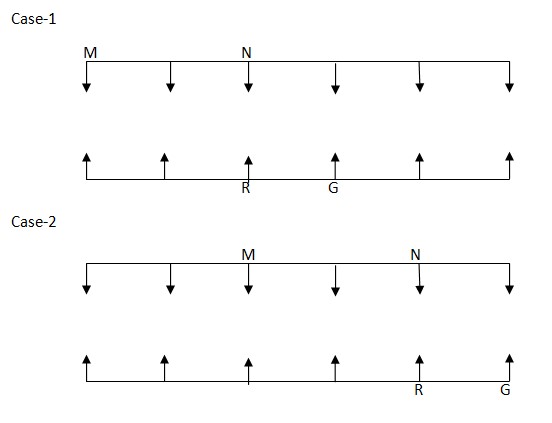
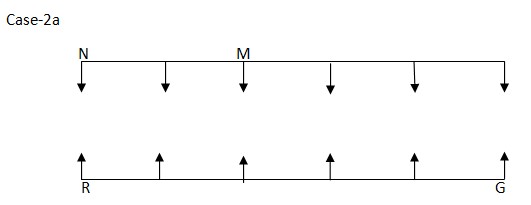 Only two persons are sitting between R and the one who sits opposite to A. The number of persons who sits between A and N is the same as between V and S. V and R are not immediate neighbors. D sits to the right of E and does not face A. From the above condition, case1 and case2a get eliminated. Case-2
Only two persons are sitting between R and the one who sits opposite to A. The number of persons who sits between A and N is the same as between V and S. V and R are not immediate neighbors. D sits to the right of E and does not face A. From the above condition, case1 and case2a get eliminated. Case-2 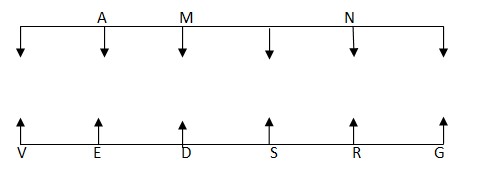 K sits to the left of L and to the right of J. From the above condition, case2 shows the final arrangement.
K sits to the left of L and to the right of J. From the above condition, case2 shows the final arrangement. 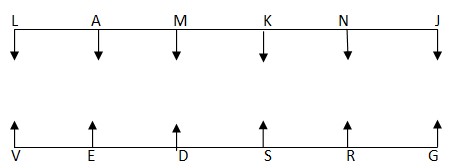
It is the largest dam of India by volume. It is also largest artificial lake in India. It is constructed on one of the tributaries of Ganga. The above i...
Which lake in India is known as the largest lagoon?
Which of the following rivers in India are western flowing?
1. Shetruniji river
2. Mahi river
3. Vaitarna river
4. Sharavati...
Which of the following Emperor died by falling from the stairs?
What is the highest peak in the Eastern Ghats?
Tokyo is the capital of which country?
The Malacca Strait connects which of the following?
The standard meridian of India passes through which of the following states?
1. Jammu and Kashmir
2. Madhya Pradesh
3. Chhattisgarh...
Which of the following is/are the features of wet tropical evergreen vegetation?
1. Dense Forest with thick spread of grass.
2. Low vege...
Which was India's first National Park?
Relevant for Exams:



